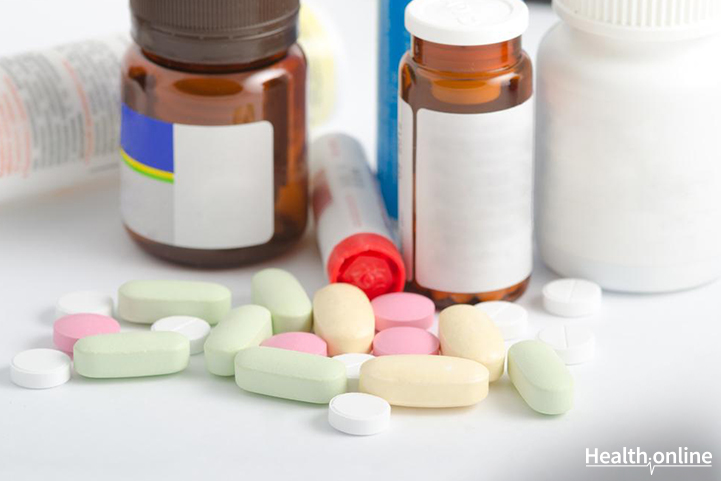
Biosimilar vs. Generic Drugs
Generic drugs
- A generic drug is a chemically-derived drug, typically developed from a tiny, homogeneous molecule, which means it’s bioequivalent in nature to its original.
- In legal terms, generic drugs, are exact copies of the original medicine and although they may be manufactured by different pharmaceutical companies, the law demands their chemical structure is the same.
- Because the generic drug is bioequivalent (or identical) in nature to name brand drugs, they follow have the side effects, storage, and administration and follow the same instructions for strength and dosage, safety, and intended use.
Biosimilar drugs
- Biosimilar is a biologically-derived drug , typically developed from complex, biological structure. Although biosimilar in nature, biologic drugs are extracted from living plant or animal systems as a bacterium or yeast so they’re larger and heavier in size, and although similar to their original, they can be consistent ineffectiveness.
- Biosimilar drugs fall under different and much more demanding regulatory requirements of the U.S. Federal Drug Administration (FDA) and European Medicines Agency (EMA) compared to generic drug development.
- According to official reports from the FDA, “biological products include a wide range of products—gene therapies, allergenics, vaccines, tissues, recombinant therapeutic proteins, blood and blood components, and somatic cells”…made up of a combination of substances (i.e., proteins, living cells and tissues, and sugars.
- This means biologic drugs are prescribed to treat various medical conditions, often where few treatments options exist. Biological drugs are considered at the forefront of biomedical research and the future of medicine.
Biologics also typically require specific storage (i.e., refrigeration) to ensure effectiveness.




